Advancements in Display Technologies
The Glass Wafers Market is witnessing a transformation due to advancements in display technologies. With the proliferation of high-definition displays in consumer electronics, the demand for glass wafers is escalating. These wafers serve as critical substrates for various display types, including LCD and OLED screens, which are increasingly favored for their superior image quality and energy efficiency. Market analysis suggests that the display technology sector is projected to grow at a compound annual growth rate of approximately 8% in the coming years. This growth is likely to bolster the Glass Wafers Market, as manufacturers seek innovative materials that enhance display performance and durability. The ongoing evolution of display technologies, coupled with consumer preferences for high-quality visual experiences, positions glass wafers as a vital component in the future of electronic displays.
Expansion in Photovoltaic Technologies
The Glass Wafers Market is significantly influenced by the expansion of photovoltaic technologies. As the world increasingly shifts towards renewable energy sources, the demand for solar panels is on the rise. Glass wafers are integral to the production of solar cells, providing essential support and protection for photovoltaic materials. Recent statistics indicate that the solar energy market is expected to grow at a rate of around 20% annually, driven by government incentives and a global push for sustainable energy solutions. This growth in the solar sector is likely to create substantial opportunities for the Glass Wafers Market, as manufacturers strive to meet the increasing demand for efficient and durable solar technologies. The integration of glass wafers in solar applications not only enhances performance but also contributes to the overall sustainability goals of the energy sector.
Emerging Applications in Medical Devices
The Glass Wafers Market is increasingly influenced by emerging applications in medical devices. As the healthcare sector evolves, there is a growing need for advanced materials that can meet stringent regulatory standards while providing high performance. Glass wafers are being utilized in various medical applications, including diagnostic devices and imaging systems, due to their biocompatibility and optical properties. Recent Industry expert's indicate that the medical device industry is projected to grow at a compound annual growth rate of around 5% over the next several years. This growth is likely to create new opportunities for the Glass Wafers Market, as manufacturers seek to develop innovative solutions that enhance patient care and diagnostic accuracy. The integration of glass wafers in medical technologies not only improves functionality but also aligns with the industry's commitment to quality and safety.
Increased Focus on Research and Development
The Glass Wafers Market is benefiting from an increased focus on research and development across various sectors. As industries strive for innovation, the demand for specialized glass wafers tailored for specific applications is growing. Research institutions and companies are investing in developing advanced glass materials that offer enhanced properties, such as improved thermal resistance and optical clarity. This trend is particularly evident in sectors like telecommunications and medical devices, where precision and reliability are paramount. The investment in R&D is expected to drive the Glass Wafers Market forward, as new applications emerge and existing technologies are refined. Furthermore, collaborations between academia and industry are likely to accelerate the development of cutting-edge glass wafer technologies, fostering a competitive landscape that encourages continuous improvement and innovation.
Rising Demand in Semiconductor Applications
The Glass Wafers Market is experiencing a notable surge in demand due to the increasing utilization of glass wafers in semiconductor applications. As the electronics sector expands, the need for high-quality substrates for integrated circuits is becoming more pronounced. Glass wafers offer superior thermal stability and electrical insulation, making them ideal for advanced semiconductor devices. According to recent data, the semiconductor market is projected to grow at a compound annual growth rate of approximately 5.6% over the next few years. This growth is likely to drive the demand for glass wafers, as manufacturers seek materials that enhance performance and reliability in their products. Consequently, the Glass Wafers Market is poised to benefit from this upward trend, as companies invest in innovative technologies to meet the evolving needs of the semiconductor landscape.


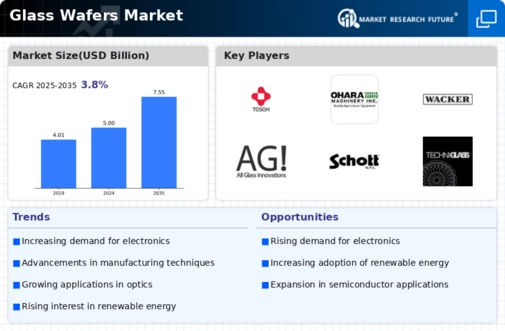
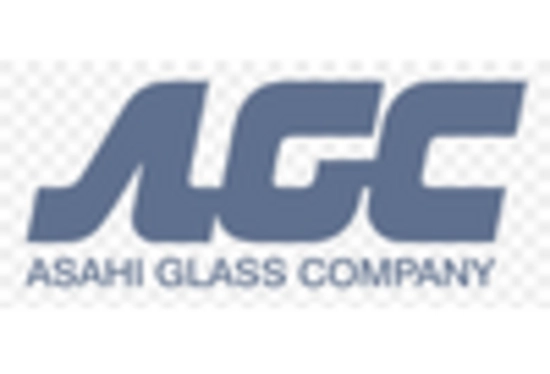
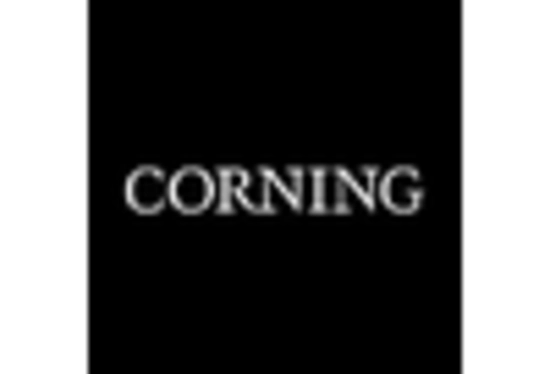
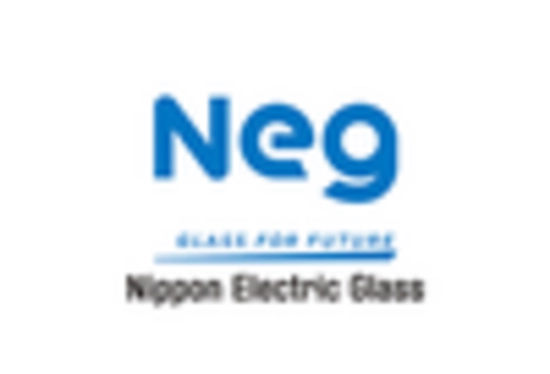
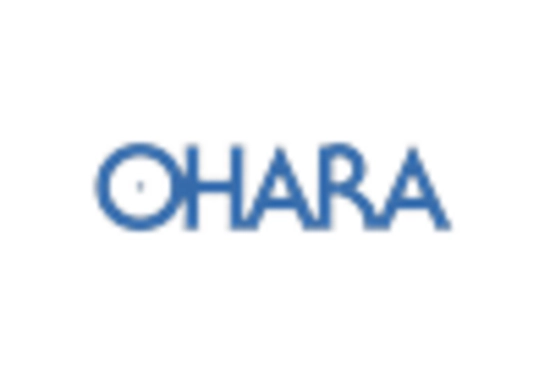
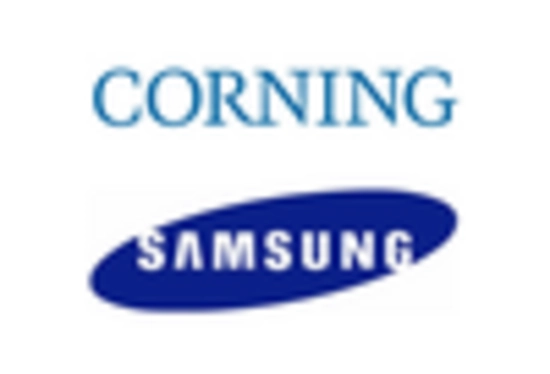
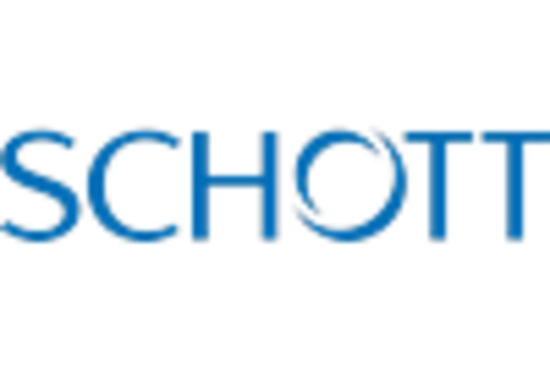








Leave a Comment